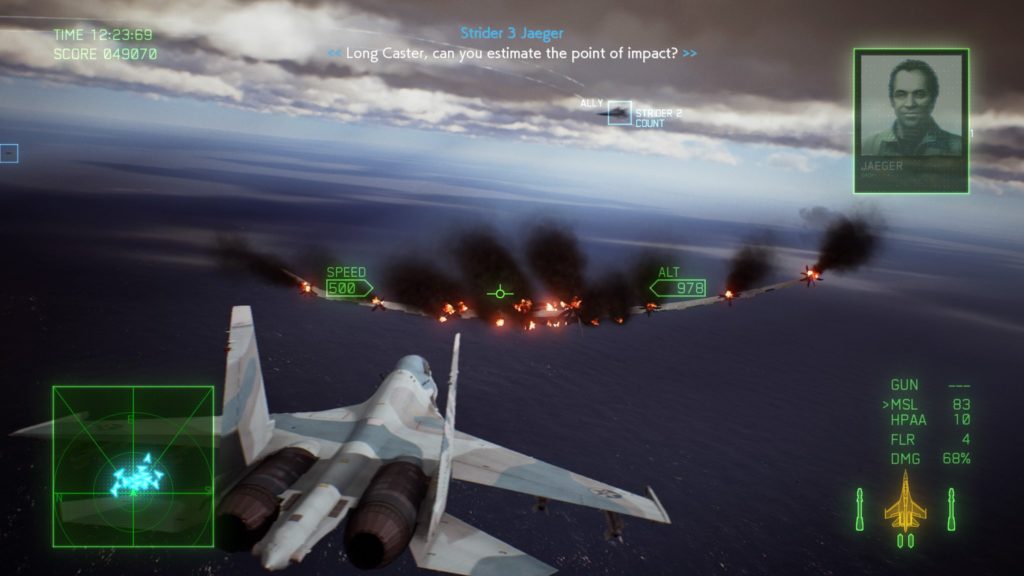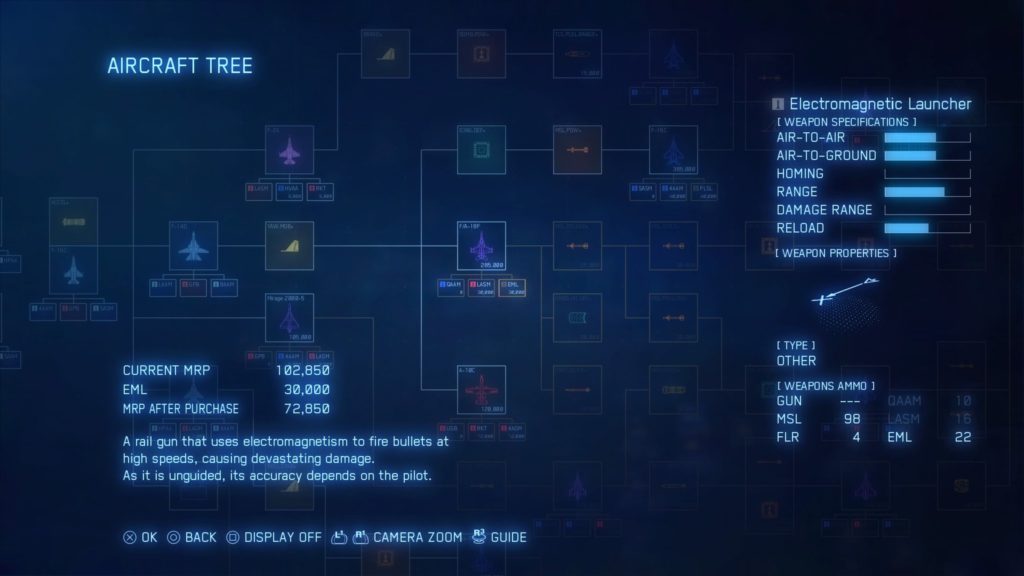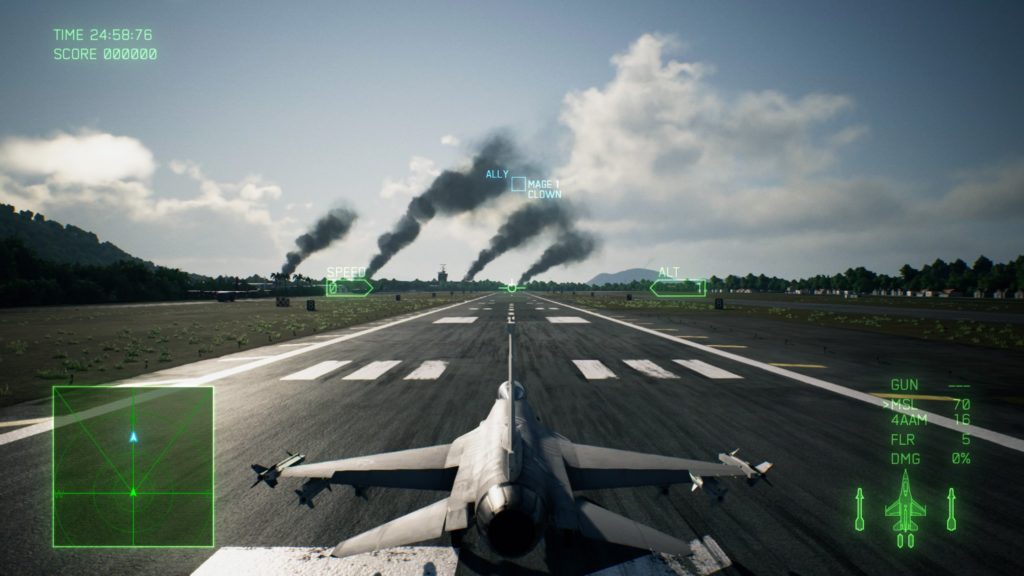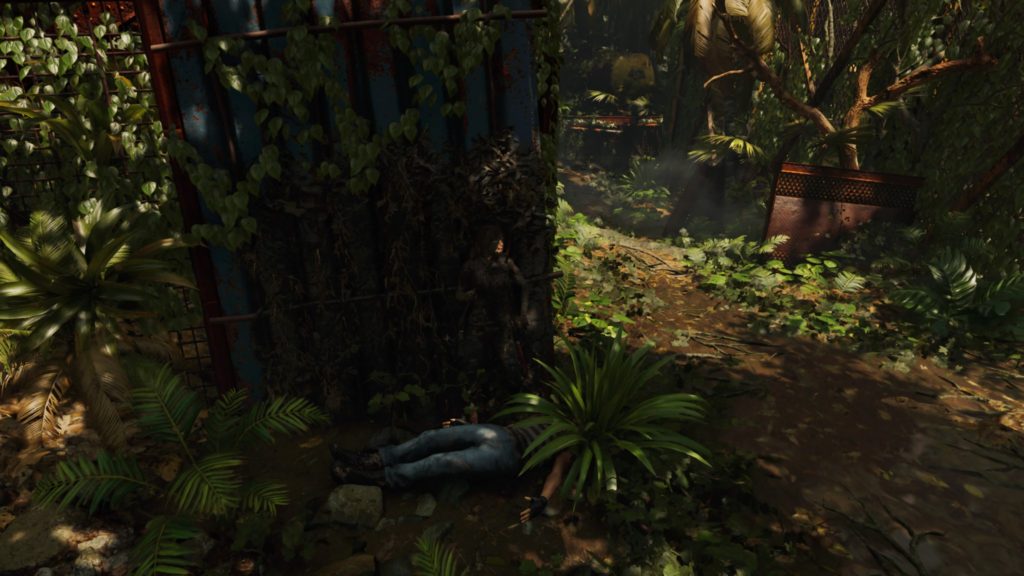- Genre: JRPG
- Platform: PS4
- Also Available On: Xbox One, Switch, Windows
- Originally Released On: Xbox 360, PS3 (Japan only)
TL;DR
- Roughly decade old Tales of title remastered for current generation, first time seeing expanded PS3 content in North America
- Game that has aged well despite some of the improvements to the overall Tales of gameplay since its release
I had the weirdest lack of memory about the second half of this game as I was playing it, as if I hadn’t ever gotten that far in the original release. This is despite me basically finishing all Tales of titles since Symphonia. From playing it this time, I knew it wasn’t because I didn’t enjoy the game – the combat in this entry is probably what I’d consider the best representation of the more classic side-scrolling Tales of combat. I also know it wasn’t because of a difficulty spike as I never really had a point where I felt like the difficulty curve was anything but correct. At the end of the day I never did figure that out and I never hooked up my 360 to figure out how far I had originally gotten, but in my 50 or so hours with this game, I came away knowing that this still holds up as a fantastic RPG worth playing.
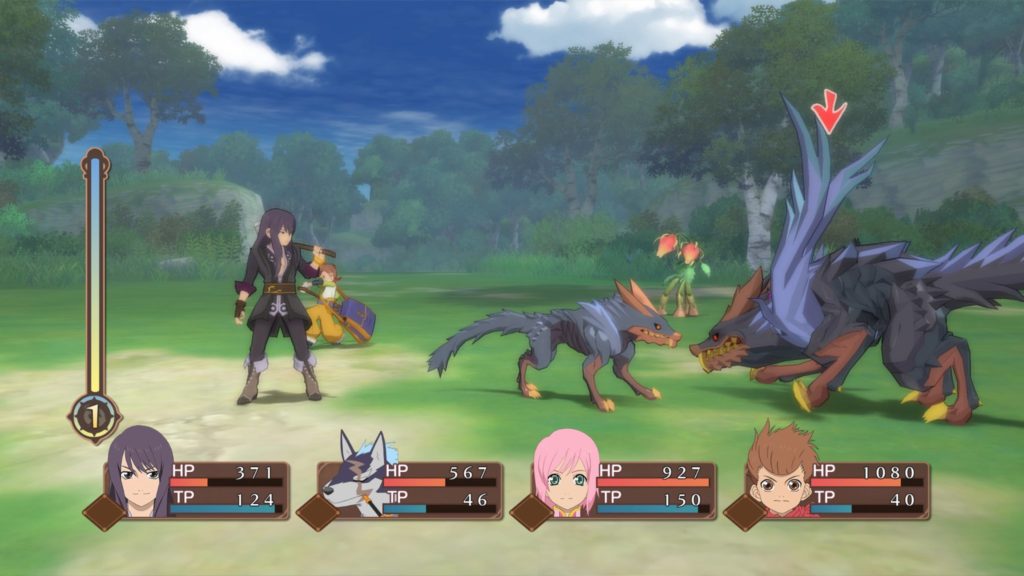
Combat in Vesperia is about as close as I could point to this series’ classic combat style still playable on a modern platform. Games after this added new elements that really played with the system – Graces removed TP and added a bunch of side stepping, Xillia played around a lot more with a 3D battle space, Berseria played around with swapping characters in real time while pushing further into 3D. Basically, Vesperia pretty closely represents the end result of years of them iterating on a 2D system, and it is still a thrill to play.
The main focus here is still some really fun and fast paced combos consisting of basic attacks and special attacks. Where this game really pushed things is in the use of gear skills. Some armor, and nearly all weapons have skills that can be earned over time. Once earned, the character permanently unlocks the skill as a toggleable item. These can range from passive stat boosts to attack replacements. The real fun ones for combat end up being the combo modifiers.
These can extend your combo, make parts of your combos different elements, make parts of your combo scale better and more. It basically becomes an involved metagame in trying to build out your attack combo in a way that best suits your style in order to maximize both damage, and in many ways maximize the amount of time you can stun lock your opponents. After all, more stuns equals less damage taken equals better chance at winning. The balance here is incredibly rewarding when you find the skill setup that best meets your style, and gives a lot of flexibility to the player in fighting specifically how they want.
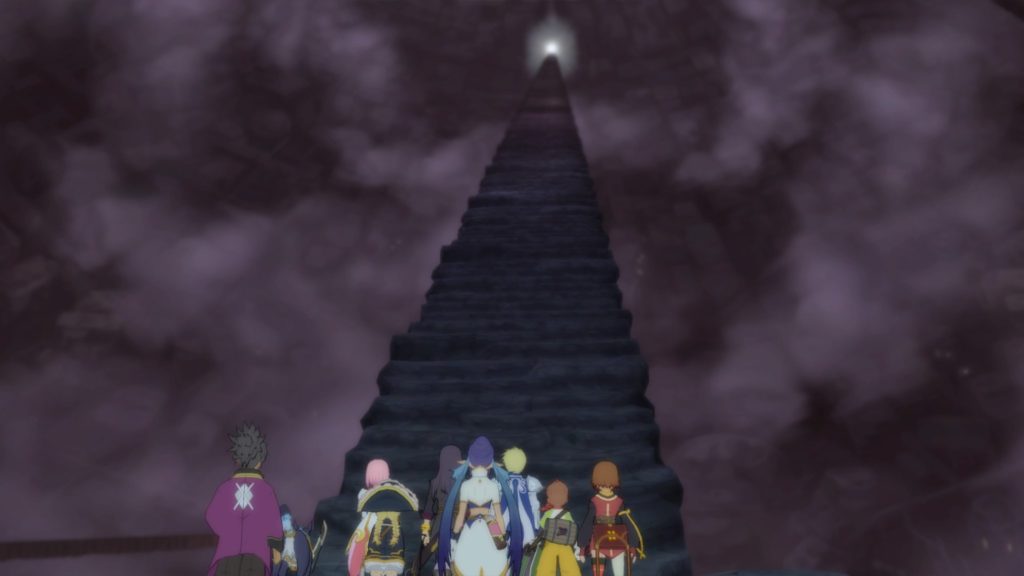
That’s not to say that all parts of the combat system have aged incredibly well, but they’re in ways that are sadly familiar to Tales of players. The AI in general can basically be depended on to do the worst thing possible, even if you tweak their AI setup. In the end my best course of action was usually keeping one person on full time healing, and not allow them to attack, thereby keeping them out of danger and having to focus on healing only themselves. The other AI generally had their best result in using ONLY basic attacks, or they’d sometimes stand around just waiting to use skills. I’d much rather them be doing basic attacks to stun the enemies, and allow me to run around doing larger damage under my own control. The stun locks also work both ways, with some of the later bosses being basically stun lock management and a setup where I spent more time free running avoiding attacks, then doing poke damage when possible instead of actively being in combat. In a lot of points bosses can basically stun lock you 100->0 if you get hit with the wrong thing and your AI partners don’t interrupt the chain.
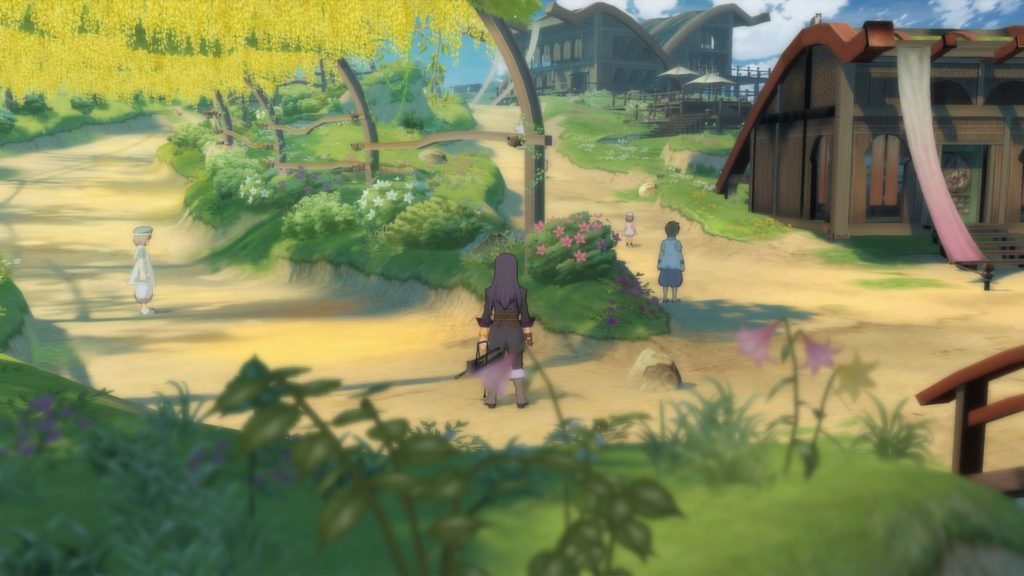
The rest of the experience is unsurprising. Visually, the anime style that the Tales of series has always used has aged really well. The resolution bump on the new consoles has helped out a bit, and some light use of depth of field and similar screen effects has given this a bit more modern flair. The story is a bit take it or leave it, with the usual amount of incoming apocalypse melodrama typical of the series. However, the characters are generally likable and the banter between them is a lot of fun. This one also has pretty solid voice acting, and the entire set of skits has also gained the voice acting done for the PS3 Japan release. Overall, this one really didn’t need to do much to still hold up, but the little pieces done to remaster the title keep it up to modern expectations for the series.
I guess my end recommendation here is basically to play this, especially if you’ve liked any of the Tales of games on modern consoles. The battle system would be a bit different than those, but still has great flow despite its often 2D nature. The gear skills in particular are a customization wrinkle that I wish more games in general would take advantage of. The rest of the experience is typical of Tales of games, and that should frame whether or not you think you’d like it. However, even having played it before, I still put the 50 hours in to finish it again so that should give the best kind of idea of how much I think this is worth playing.


